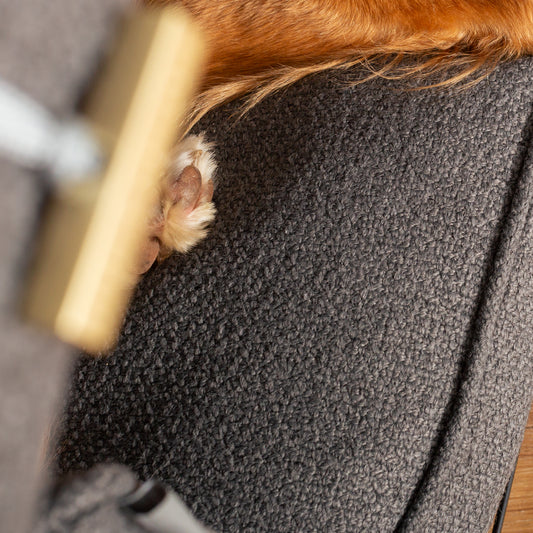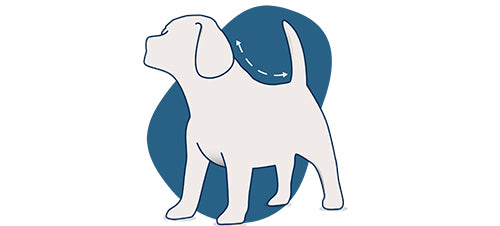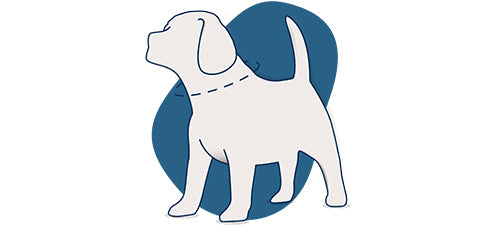For those who are thinking of getting a dog (whether it is your first or fifth), there is always a tough question to answer – do you go to a breeder or get a rescue dog? Of course, there are advantages and disadvantages to both paths, and it does ultimately depend on what works out to be best for you, the future owner. If you are looking into adopting a dog from your local rescue centre, then you need to make sure you do your research and really ask the question is a rescue dog right for me?
The Benefits Of A Rescue Dog
There are so many benefits to rescuing a dog. For one, you are giving a pooch a second chance in life after it was abandoned or brought to the centre under other circumstances. Dogs don’t like being in kennels, they want a family. Rescuing one means you are giving it a chance. Often, they are older dogs and come with a lot of training, which is a lot different to purchasing a puppy and doing everything from scratch.
There is something rewarding about helping a dog through difficult periods as well, and if they have behavioural issues then it can be a really eye opening experience when you help them work through it. Plus, if you adopt a dog with health issue, most centres will offer to pay for all or some of the medication for the rest of the dog’s life. So you don’t need to be put off a dog you love just because they have a health problem.
When you adopt a dog the adoption fee usually covers the following:
- Vaccines
- Microchip
- Neutering/spaying
- Flea and worm treatment
- Vet check up
- Temporary insurance (usually 4-6 weeks)
Rescue dogs are almost always neutered meaning that that large expense has already been done for you and means your dog is more likely to be calmer.
The Downsides
There aren’t many negatives to adopting a dog. Just remember that they aren’t always pre-trained and some of them are going to be difficult when it comes to training and gaining their trust. When you find a dog, do your research and don’t take on anything you can’t handle. It is not good for the dog to be rehomed and then sent back to the centre.
Choosing the Right Dog
With so many to choose from in rescue centres, this is often the hardest part. After all, how are you even meant to narrow down your choices when there are so many needing homes? The best thing to do when you start your search is to make a list of the things you would like in your canine. An example list would be:
- Age
- Sex
- Breed (or mongrel)
- Size
- Activity level
- Good with kids/dogs/cats
- Coat type
Of course, there are other specifics you can add but this is dependent on what you want. After this, you can look online or visit the centre. Online often lets you narrow down your choices quickly, but they can do this at the centre to and introduce you to the dogs – so you can see all your potential companions in person.
You can spend time with the dog and ask staff questions about them if you want more information. You even get the chance to play with them and walk them on the grounds. If they suit you, fantastic, but if not don’t feel guilty or obliged. Ask to see another, the one that didn’t work for you will be adopted by someone else who is just right for them. When you find your perfect dog, it’s a simple case of a home check, exchange of money/paperwork, and then the dog is yours.
If you have time, patience, and are looking to give an unwanted pooch a second home, then a rescue dog is perfect for you. Just remember that many of them have some behavioural issues or are in need of further training, so you will have some work to do. However, following this you are sure to have a great experience and a loyal friend in your dog.
You may even find that your heart has been so won over by your rescue dog that you’ll end up volunteering with your local shelter, like so many people have!
Nationwide shelters include Dogs Trust and the RSPCA, but you will also be able to find many smaller, local shelters near you.


























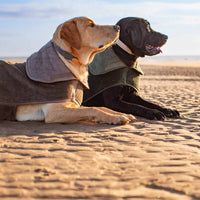

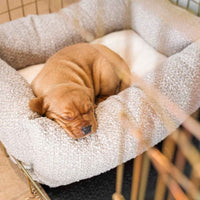

























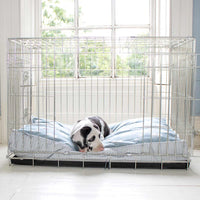
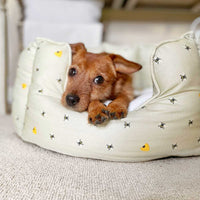
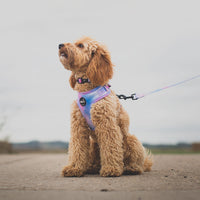
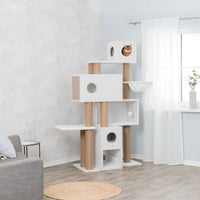






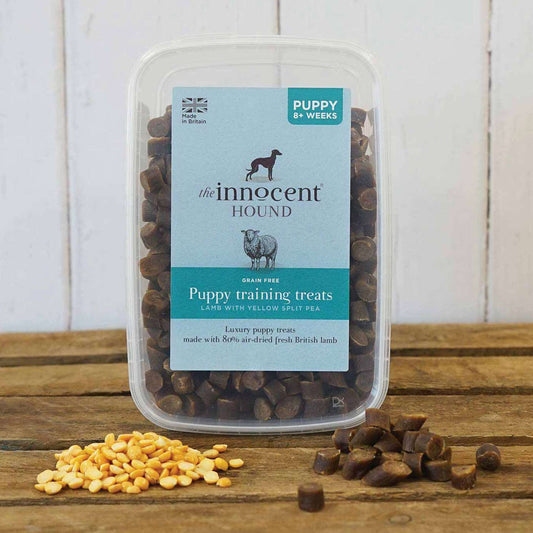




.jpg?v=1723712924433&options=)
























